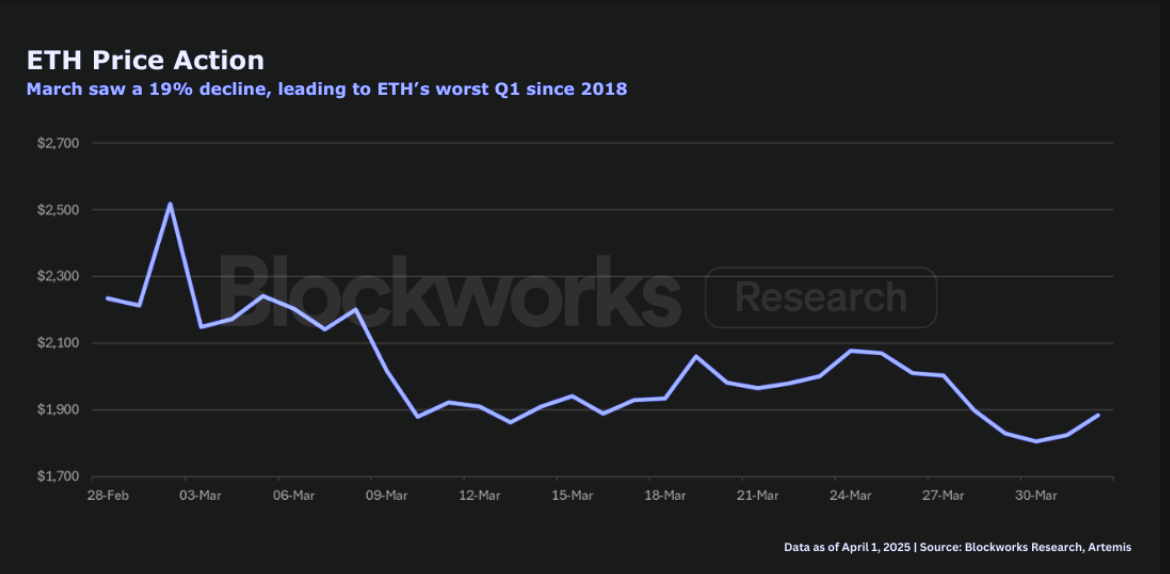Tether’s USDT Recognized in ADGM: A Partial Win with a TRON Twist
Tether recently announced that its USDT stablecoin has been recognized as an accepted virtual asset within the Abu Dhabi Global Market (ADGM) jurisdiction. At first glance, this might appear to be a straightforward victory for Tether, solidifying its status as the world’s leading stablecoin. However, a closer look reveals a more nuanced story—one that Tether’s press release doesn’t fully explain.
This announcement follows Tether’s previous launch of a UAE Dirham (AED) stablecoin project in partnership with Phoenix Group. Despite the initial buzz, the project has seen no further developments.
What Does “Recognition” in ADGM Mean?
ADGM recognizes a range of virtual assets, primarily those in the top 50–70 tokens by market capitalization. While this “recognition” doesn’t imply endorsement or regulation by ADGM, it does grant Virtual Asset Service Providers (VASPs), custodians, and trading platforms the ability to use, trade, and hold these assets under custody within ADGM’s jurisdiction.
For years, Tether was notably absent from this list despite being the largest stablecoin by far. This recent development marks a significant shift. However, the recognition comes with a caveat.
The TRON Network Exclusion
The recognition of USDT in ADGM applies only to Tether stablecoins minted on specific blockchain networks—and TRON is conspicuously absent from the list. While Tether’s press release omits this detail, it’s an important one, as TRON accounts for a substantial portion of Tether’s overall circulation. The exclusion of TRON-minted USDT raises questions about why this particular network is being scrutinized.
TRON, led by Justin Sun, has faced growing regulatory and reputational challenges. Its exclusion from ADGM recognition could reflect these broader concerns. Recent reports have linked TRON’s network to controversies, including its connection to questionable partnerships, such as the one highlighted in Reuters involving former U.S. President Donald Trump’s crypto venture and alleged Middle East militant links.
The Larger Implications
This development not only highlights ADGM’s cautious approach to network-specific virtual assets but also underscores the increasing scrutiny facing TRON. For Tether, this represents both progress and a challenge: while its stablecoin gains acceptance in a prominent jurisdiction, the exclusion of TRON diminishes its full potential impact.
For TRON, the scrutiny adds to a mounting list of challenges that could affect its credibility and adoption in regulated markets. As regulators and jurisdictions worldwide tighten their grip on crypto networks, TRON may find itself under even greater pressure.
Disclaimer: The content of this article solely reflects the author's opinion and does not represent the platform in any capacity. This article is not intended to serve as a reference for making investment decisions.
You may also like
Honda prepares to send its hydrogen tech to space
Share link:In this post: Honda is working with Sierra Space and Tec-Masters, two space technology companies, to try their high-differential pressure water electrolysis system. Honda aims for hydrogen to help it get all of its cars off carbon by 2040. Honda says it will work with NASA to get the equipment to the ISS on Sierra Space’s Dream Chaser space plane.
ETH just had lowest quarterly return since Q2 2022: Blockworks Research
The network is at a “pivotal juncture,” Blockworks Research’s Marc-Thomas Arjoon said

Riot Platforms Hits Post-Halving Bitcoin Production High as It Expands AI Capacity
Solana Price Pattern Points to a 65% Surge as Key Metric Beats Ethereum by Far
